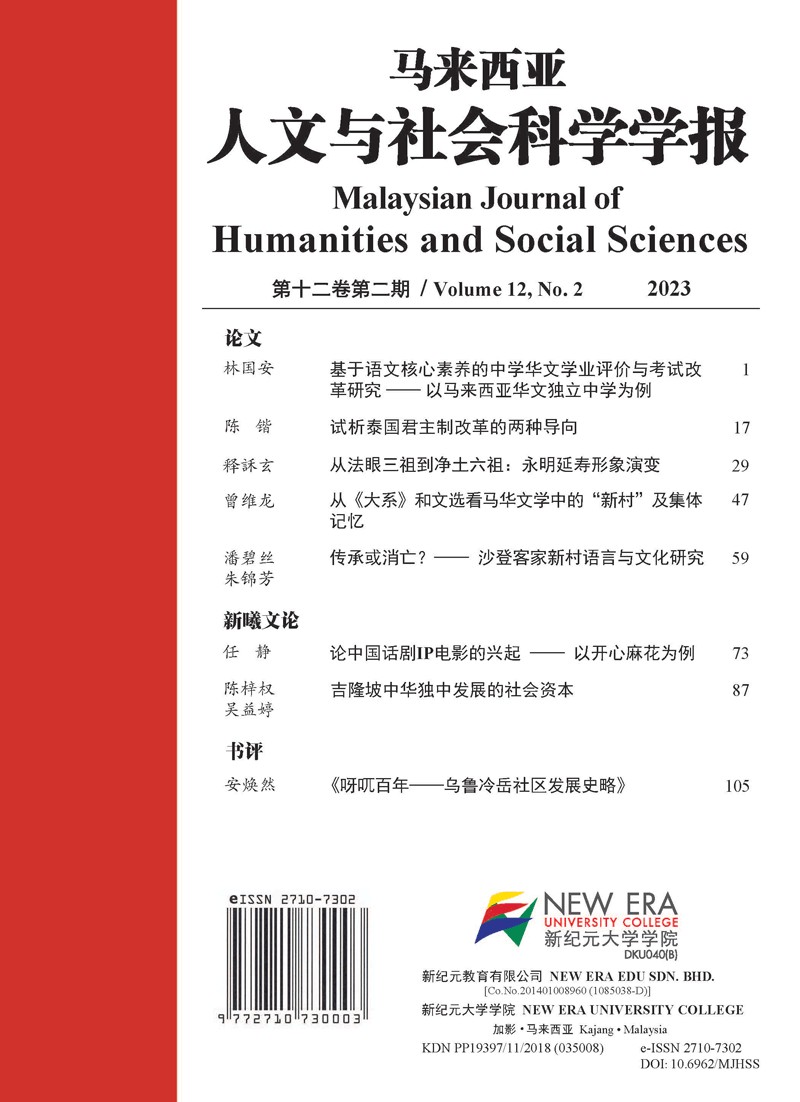试析泰国君主制改革的两种导向 On the Two Trends of Reforming the Monarchy in Thailand
Keywords:
泰国君主制、加强君权、限制君权、军人集团, Monarchy in Thailand, Strengthening the Power of the Monarchy, Restricting the Power of the Monarchy, JuntaAbstract
长期以来,围绕着泰国君主制的改革,存在“加强君权”与“限制君权”两个不同的导向。前者兴起于19世纪后半叶拉玛五世对君主制的改革,而后者始于1932年暹罗的“宪政革命”。两者之间的冲突是常态化的。“加强君权”与“限制君权”孰强孰弱,军人集团的内部分化是核心变量。1932年,由于军人集团内部分化,“限制君权”成为泰国君主制改革的主导方向。1957年,军人集团内部再次分化,“加强君权”成为泰国君主制改革的主导方向。在“后拉玛九世”时期,“加强君权”与“限制君权”之间的矛盾再度凸显。在可以预见的未来,只要军人集团内部没有分化,那么“加强君权”依然是泰国君主制改革的主导方向。
For decades, there have been two different trends in the reform of the Thai monarchy: “strengthening the power of the monarchy”; and “restricting the power of the monarchy”. The former emerged in the second half of the 19th Century when Rama V promoted reform of the monarchy. The latter began with the constitutional revolution of 1932. The conflicts between the two trends were normalized to a large extent. The balance of power between “strengthening” and “restricting” the monarchy depended on the internal division within the military junta to a large degree. In 1932, due to the internal division, the “restricting” trend became dominant. In 1957, the junta was divided again and the “strengthening” trend became the dominant direction of the reform of the Thai monarchy. In fact, the two trends have been waging a tit-for-tat struggle in the “post-Rama IX Era”. In the foreseeable future, if there is no internal division within the junta, the “strengthening” trend is expected to be dominant in the reform of the monarchy in Thailand.




